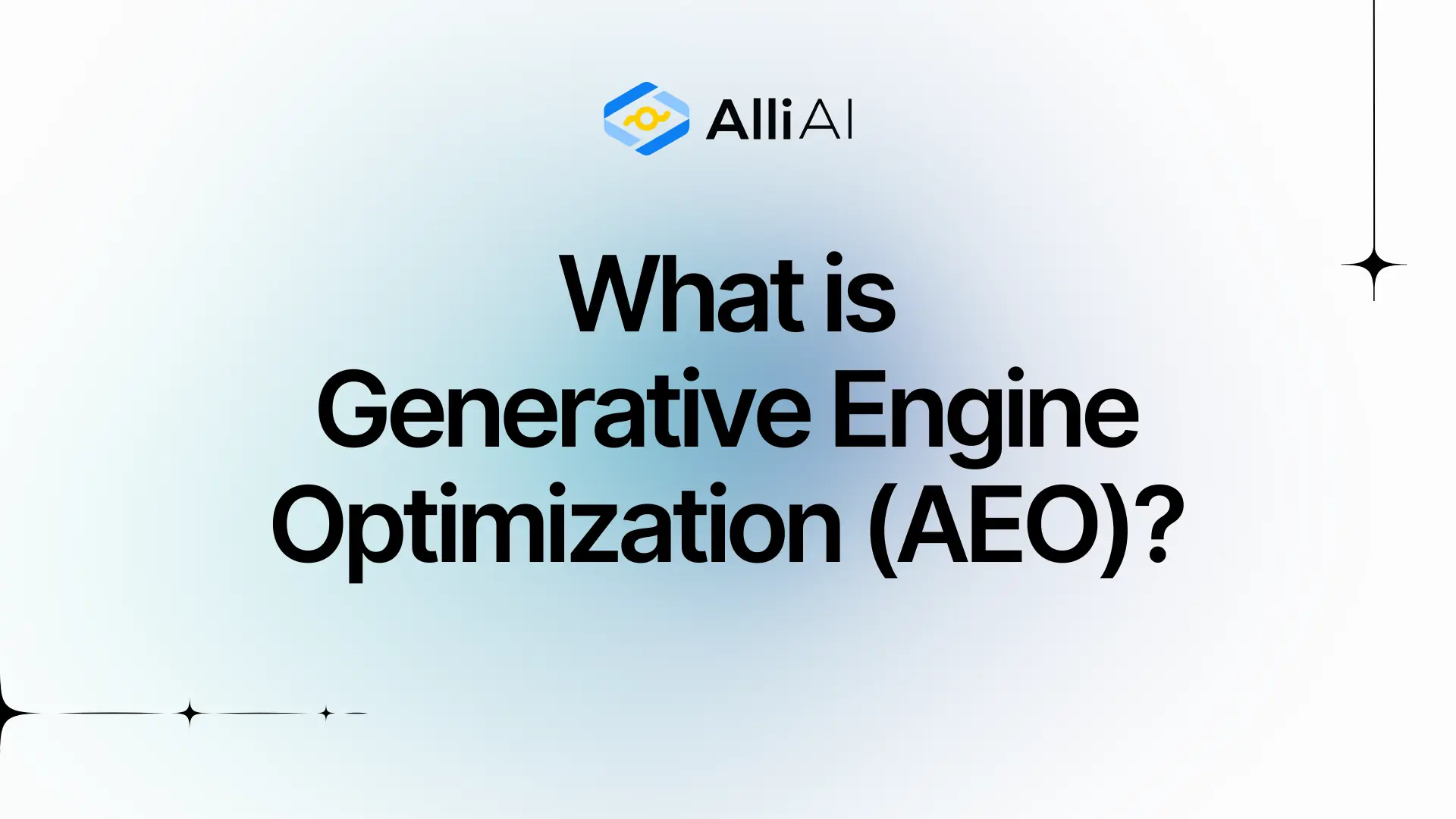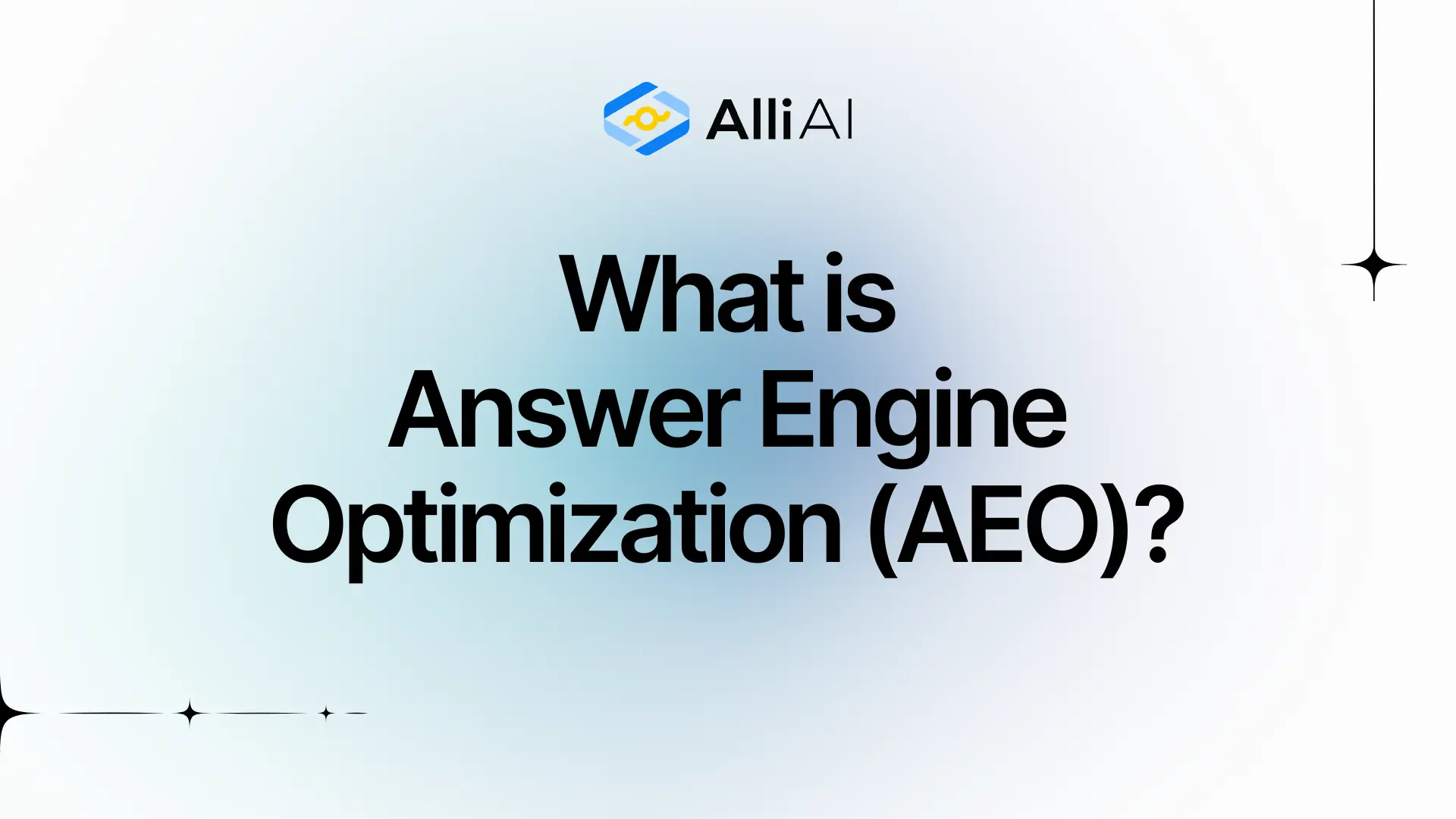What Does Meta Description Mean?
The meta description is a brief summary of a webpage’s content that appears under the webpage’s title in search engine results. It helps users understand what the page is about and can influence whether they choose to click on the link.
Where Does Meta Description Fit Into The Broader SEO Landscape?
Meta descriptions are HTML attributes that provide concise explanations of the contents of web pages. They are commonly used on search engine results pages (SERPs) to display preview snippets for a given page. While meta descriptions themselves don’t directly influence search engine rankings, they are crucial for providing clear, compelling descriptions that encourage users to click through to a website. This click-through rate (CTR) can indirectly affect a page’s SEO performance, as search engines might consider pages with higher CTRs as more relevant to user queries, potentially improving their rankings. Moreover, well-crafted meta descriptions help improve user experience, making it easier for searchers to understand quickly whether the page contains the information they’re looking for.
Real Life Analogies or Metaphors to Explain Meta Description
1. Think of a meta description as a movie trailer. Just as a trailer gives you a snapshot of what to expect in a film, enticing you to buy a ticket, the meta description gives a preview of a web page, enticing you to click through from the search results.
2. A meta description is like the blurb on the back of a book. It summarizes the content inside to persuade someone browsing the shelves to pick it up and start reading.
3. Consider a meta description as an elevator pitch for a website. It’s a quick, concise summary that must convince the listener (or reader, in this case) of the value within, all in the brief moment it takes to ride a few floors.
4. A meta description can be compared to a shop window display. It’s strategically designed to catch the eye and intrigue passersby, drawing them into the store to see what’s on offer inside.
5. Think of it as the aroma of freshly baked cookies wafting from a bakery. It’s the delightful preview that entices people walking by to step inside and discover more.
How the Meta Description Functions or is Implemented?
1. Definition: Meta descriptions are HTML attributes that provide concise explanations of the contents of web pages. They are commonly used on search engine result pages (SERPs) to display preview snippets for a given page.
2. Tag Placement: They are placed within the `` section of the HTML code of a webpage. The syntax for adding a meta description is ``.
3. Length: Although there is no strict limit, it is generally recommended that meta descriptions be between 150-160 characters to ensure they are displayed properly in search results without being cut off.
4. Usage by Search Engines: While meta descriptions themselves do not influence page ranking directly, they can influence click-through rates. Search engines like Google sometimes use the meta description provided to display as the summary snippet beneath the title of a page in SERPs. However, search engines may choose to display a snippet from the page’s content if they believe it better matches a user’s query.
5. Content Relevance: The content of a meta description should be relevant to the contents of the webpage. It should act as a compelling brief advertising the content of the page, including relevant keywords naturally.
6. Avoid Duplication: Each meta description should be unique to each page. Duplicate meta descriptions across multiple pages can be less effective as they do not provide a unique snippet in the SERPs for different pages.
Impact Meta Description has on SEO
Meta descriptions themselves do not directly impact SEO rankings, as they are not a Google ranking factor. However, they significantly influence click-through rates (CTR) from search engine results pages (SERPs). A well-crafted meta description provides a concise summary of the page content, offering the potential audience a compelling reason to click on the link. This can lead to increased traffic to the website, indirectly benefiting SEO by signaling to search engines that the content is valuable and relevant to the query. Improved CTR can also bolster user engagement metrics, potentially contributing to better rankings over time. Additionally, meta descriptions enhance user experience by giving searchers a quick insight into the content of the page before they click, helping them to decide if the information is likely to be what they are looking for.
SEO Best Practices For Meta Description
1. Identify the primary keyword or key phrase for the webpage based on your content and audience’s search intent.
2. Include the primary keyword towards the beginning of the meta description to ensure visibility.
3. Integrate secondary keywords naturally, if space permits, to broaden SEO impact without stuffing.
4. Keep the meta description length between 150-160 characters to avoid truncation in search engine results.
5. Clearly state what the webpage is about and match the content of the page accurately to meet user expectations.
6. Use action-oriented language to encourage clicks, incorporating verbs like “discover,” “learn,” and “get.”
7. Highlight a unique value proposition or what makes the webpage stand out, such as “free shipping” or “expert advice.”
8. Ensure the tone and style align with your brand’s voice and the rest of the website content.
9. Use numbers or statistics if applicable, as they can attract more attention and offer concrete details.
10. Ensure each meta description is unique across the website to avoid duplicate content issues.
11. Test and revise the meta descriptions based on performance metrics like click-through rate (CTR) from Web Analytics tools.
Common Mistakes To Avoid
1. Exceeding Character Limits: Meta descriptions should ideally be between 150-160 characters. Longer descriptions are often truncated in search results, potentially reducing click-through rates.
2. Duplicate Meta Descriptions: Using the same meta description across multiple pages can result in a negative SEO impact as it does not provide unique information to distinguish different pages.
3. Keyword Stuffing: Overusing keywords can make the meta description appear spammy and discourage user engagement. It can also trigger search engine penalties.
4. Lacking Relevant Keywords: While avoiding stuffing, it’s crucial to naturally include important keywords to help improve the visibility of the page for relevant searches.
5. Being Vague and Non-Informative: Generic descriptions that don’t convey the specific content of the page can lead to lower click-through rates as they aren’t compelling or informative enough.
6. Not Matching Content: The description should accurately reflect the page content. Misleading descriptions can increase bounce rates when users don’t find what they expect.
7. Failing to Include a Call-to-Action: A clear call-to-action can improve the click-through rate by encouraging users to take a specified action upon visiting the page.
8. Ignoring Geographical Targeting When Necessary: For local businesses, omitting location information can miss targeting local search queries.
9. Not Testing Different Descriptions: Continuously refine meta descriptions based on analytics and A/B testing to optimize engagement and effectiveness.
10. Writing in a Passive Voice: Active voice engagingly prompts action and can make a description more compelling and clear to potential visitors.





